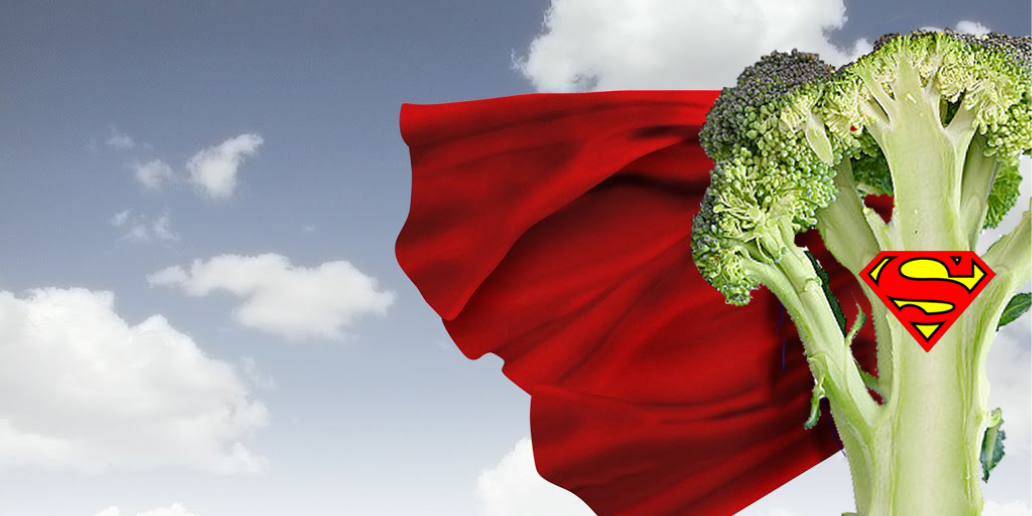“Superfood” has been a popular buzzword the last several years. And every year, there’s a new “superfood” that supposedly cures every disease known to mankind. Obviously, most are built on marketing hype and not real scientific evidence. The truth is, there is no such thing as a “superfood,” but there are a few that aren’t hype. They are based on real science.
Number 1 on the “superfood” list is garlic. Garlic has been shown to improve immunity and cardiovascular health. It can facilitate blood flow, reduce blood pressure, and reduce cholesterol. Garlic also has antioxidant benefits as well as anti-cancer effects. Including garlic in your diet is one of the healthiest things you can do.
Number 2 on the “superfood” list are berries. Blueberries, blackberries, and raspberries are a rich source of anthocyanins—strong antioxidants that have been shown to reduce DNA damage related to oxidation and chronic inflammation. Berries can also help reduce age-associated brain atrophy by increasing a growth factor called BDNF.
Number 3 on the “superfood” list is broccoli. This cruciferous vegetable is rich in sulforaphane, a plant chemical that improves the ability of the liver to neutralize toxins. Broccoli also contains an important chemical called indole-3-carbinol that reduces inflammation.
Number 4 on the “superfood” list are dark leafy greens. Leafy greens, such as arugula, chard, spinach, and kale, are not only a rich source of minerals, they are also a rich source of naturally-occurring nitrates. Nitrates improve blood flow by dilating blood vessels. Eating nitrate-rich leafy greens can help lower blood pressure over time.
Number 5 on the “superfood” list is ginger root. Ginger does a whole lot more than soothe the stomach and make ginger snap cookies. This root spice can decrease inflammation by inhibiting arachidonic acid, a fatty acid that triggers the inflammatory response.
Number 6 on the “superfood” list are nuts and seeds. Nuts like walnuts and almonds, and seeds like flax, hemp, and chia, are high in alpha-linolenic acid and plant sterols, both of which have anti-inflammatory properties. Nuts and seeds are also good sources of protein to keep you full longer and satisfy cravings.
Number 7 on the “superfood” list are mushrooms. Mushrooms like shiitake, maitake, and reishi are high in compounds called polyphenols. These compounds can boost the immune system and can help protect liver cells from damage.
